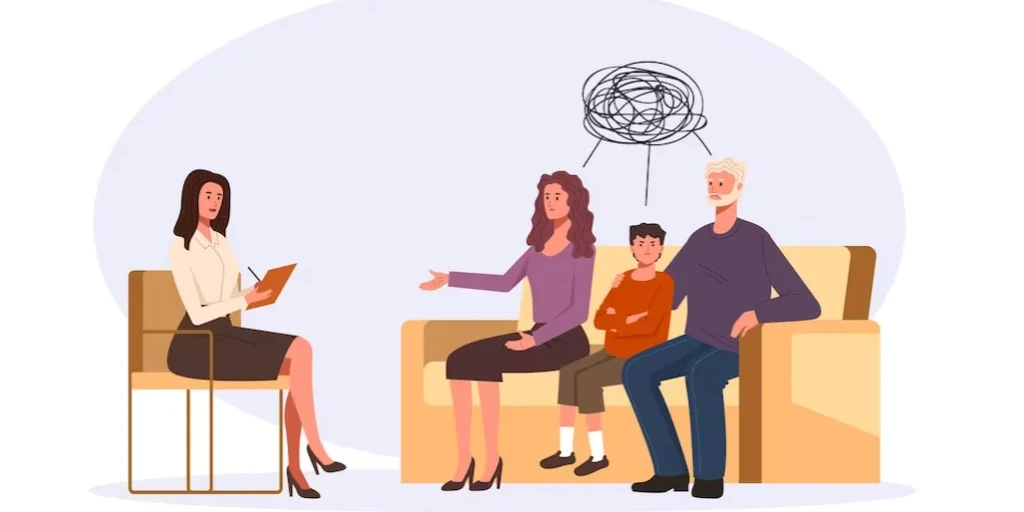24/7 Helpline:
(866) 899-111424/7 Helpline:
(866) 899-1114
Learn more about Opioid Rehab centers in Long Branch











Other Insurance Options

Ambetter

Magellan

Aetna

Covered California

UnitedHealth Group

WellPoint

Sliding scale payment assistance

Providence

GEHA

Health Choice

Health Partners

State Farm

EmblemHealth

CareFirst

Access to Recovery (ATR) Voucher

Premera

Private insurance

Lucent

Choice Care Network

BHS | Behavioral Health Systems